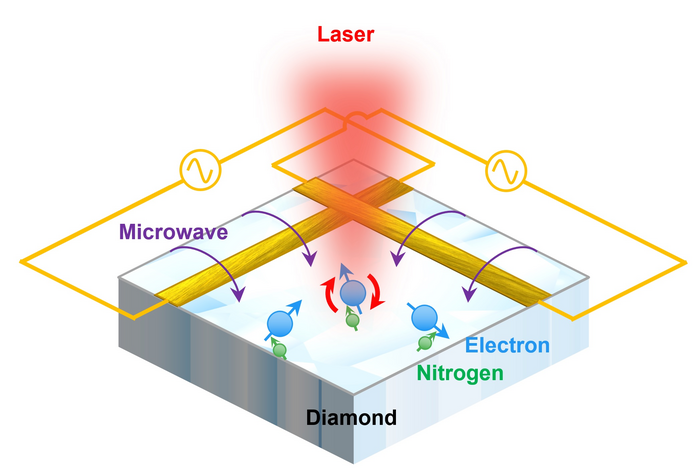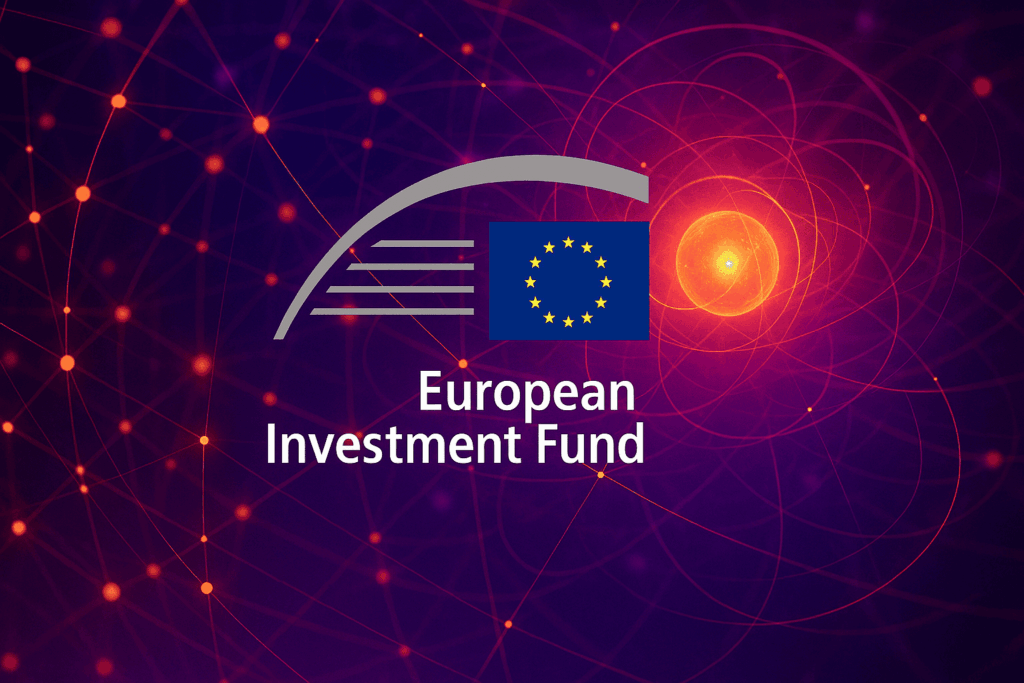UNIVERSITY RESEARCH NEWS —YOKAHAMA/ JULY, 28. 2022/Quantum computing, a field that relies on the principles of quantum mechanics to calculate outcomes, has the potential to perform tasks too complex for traditional computers and to do so at high speeds, making it in some ways the new frontier for science and engineering. To get to the point where quantum computers can meet their expected performance potential, the development of large-scale quantum processors and quantum memories is needed. Precise control of qubits — or quantum bits, the basic building blocks of quantum computers — is critical to do this, but methods of controlling qubits have limitations for massive high-density wiring with high precision.
Now, researchers from Yokohama National University in Japan have found a way to precisely control qubits without the previous limitations. Their results were published in Nature Photonics on July 26, 2022.
“Microwaves are usually used for individual quantum control, but individual wiring of microwave lines is required,” said paper corresponding author Hideo Kosaka, director of the Quantum Information Research Center in the Institute of Advanced Sciences and professor in the Department of Physics in the Graduate School of Engineering at Yokohama National University. “On the other hand, it is possible to manipulate qubits locally, but not precisely, with light.”
Kosaka and the other researchers were able to demonstrate control of qubits by manipulating the electron spin through a combination of microwave manipulation and local optical shifting of transition frequencies of atoms and molecules, a process known as the Stark shift, using a nitrogen-vacancy center — a type of point defect — in a diamond. In other words, they were able to combine optical methods relying on light from lasers with microwaves to overcome the previous limitations.

The researchers were also able to demonstrate that this control of electron spin could in turn control the nuclear spin of the nitrogen atom at the nitrogen-vacancy center as well as the interaction between the electron and nuclear spins. This is significant because it enables precise control of qubits without the wiring issue.
“The simultaneous irradiation of light and microwaves enables individual and precise control of qubits without individual wiring,” Kosaka said. “This has paved the way for large-scale quantum processors and quantum memories, which are essential for the development of large-scale quantum computers.”
Additionally, the researchers were able to generate quantum entanglement — a state in which particles exist in the same state, even if they are physically separated — between the electron and nuclear spins to prepare a photon state to transfer into the nuclear spin state. This allows for interqubit connectivity with the photon, and ultimately will require less computing power and enable the transfer of information to quantum processors and quantum memories by the principle of quantum teleportation.
The new method meets all of the DiVincenzo criteria, which are the criteria needed for a quantum computer to function, and include scalability, initialization, measurement, universal gate and long coherence. It also can be applied beyond Stark shift and to other magnetic field schemes to individually manipulate qubits in those scenarios, and it can guard against common types of computing errors such as gate errors or environmental noise.
“The reason for the improved fidelity of our scheme over all-optical schemes is the use of an excess degree of freedom that is easier to control,” Kosaka said, referring to the number of variables that can be controlled using this method.
According to the researchers, this advancement is a step toward quantum computing at a larger scale.
“By further improving the resolution of individual quantum operation and entanglement operation, large-scale integrated diamond quantum computers, quantum storages, and quantum sensors can be realized,” Kosaka said. “It will also improve the data transmission capacity of quantum repeater network for long-haul quantum communication and distributed quantum computer network or quantum Internet.”
The other authors of the paper were Yuhei Sekiguchi of the Institute of Advanced Sciences at Yokohama National University, and Kazuki Matsushita and Yoshiki Kawasaki, both from the Department of Physics in the Graduate School of Engineering at Yokohama National University.
The Japan Society for the Promotion of Science Grants-in-Aid for Scientific Research, the Japan Science and Technology Agency CREST, JST Moonshot R&D and the Ministry of Internal Affairs and Communications under the initiative Research and Development for Construction of a Global Quantum Cryptography Network funded this research.
###
Yokohama National University (YNU or Yokokoku) is a Japanese national university founded in 1949. YNU provides students with a practical education utilizing the wide expertise of its faculty and facilitates engagement with the global community. YNU’s strength in the academic research of practical application sciences leads to high-impact publications and contributes to international scientific research and the global society. For more information, please see: https://www.ynu.ac.jp/english/
SOURCE Yokahama University
If you found this article to be informative, you can explore more current quantum news here, exclusives, interviews, and podcasts.

















